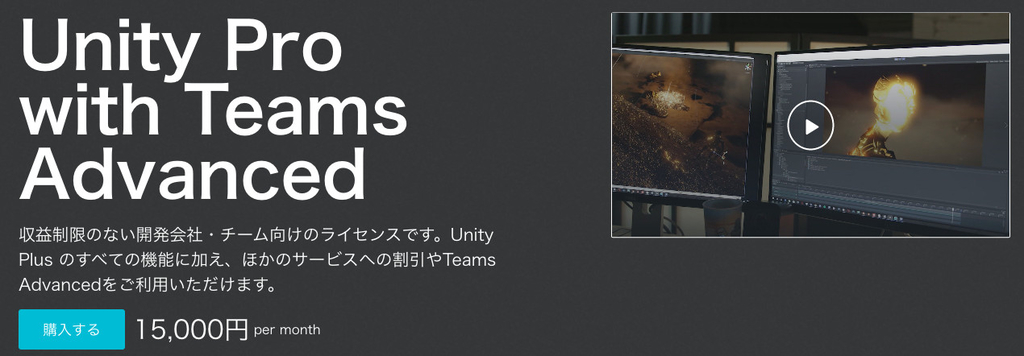
Trigger Me Timbers breaks apart cause and effect and standardizes how they communicate with one another. This allows new users of Unity to have an easier time understanding how to compose GameObjects, as well as provide a standardized framework for experienced users to save a bunch of time in development.
○ Build your game with reusable building blocks -- Components that do one job, and do it well. No programming required, build your game as Unity intended.
○ Add polish with animations -- Preset transitions or create your own custom animations to take more control.
○ Tons of features to save you time -- Easy debugging and testing, intelligent adding of relevant components, use inheritance or an interface to easily hook in, and much more.
User Guides | API Documentation | Support Discord | Unity Forum | Our Website
FEATURES
Triggers -- The “cause” half of “cause and effect”, these will notify Triggerables that something in the game world has changed.
○ Drag and drop pre-built Triggers onto GameObjects and connect your game world by:
• Pressing or holding any combination of keys / mouse buttons / gamepad buttons / etc.
• Hovering over or clicking something in the menu
• Turning a GameObject or individual component on or off
• Loading a scene
• Having objects collide with one another, either with specific tags, or any collisions
• After a certain amount of time has passed
• And much more...
○ Limit Triggers to only be hit a certain number of times, or allow them to be hit infinitely
○ Triggers can be hit instantly, or after a delay
○ Accurately debug your setup just by using the context menu in the inspector, no need to run around your game world
○ Quickly copy shared settings and references between completely different Trigger types in case you change your mind on how things you want to set something up
○ Combine your logic together with the powerful TriggerFilter component, which can take many Triggers as inputs. Output a value if all inputs are true, any inputs are true, all inputs are false, or any inputs are false.
○ Automatically finds any relevant components when being added to your GameObject so you don’t have to hook things up manually
Triggerables -- The “effect” half of “cause and effect”, these change something about the game world.
○ Drag and drop pre-built Triggerables to make your game world come to life by:
• Moving your character around
• Playing sound effects and music
• Turning on some explosions
• Displaying the pause menu
• Changing the mouse cursor to a grabby hand
• Panning the camera to show the super evil boss
• Selecting something for your new player on the tutorial screen
• Changing the color of some pretty lights
• And much more...
○ Easily make anything in your code a Triggerable just by implementing the ITriggerable interface
○ Spoof hits of true and false to quickly test behaviours
○ Easily implement a FloatValueSetter to change any available float value in your game with the TriggerableSetFloat component
○ Automatically cache values before modification making them easy to reset
Transition Definitions and Value Setters -- Sets values in your game world instantly or by transitioning over time
○ Pre-built Value Setters to add polish by:
• Fading in text and panels when moving around in the menus
• Making a fluorescent light flicker when turning it on
• Subtly increasing the volume of your ambient music while the hero explores a beautiful landscape
• Pulsing a health bar red when it’s low
• Making a button glow when you hover over it
• And much more...
○ Value Setters are intelligently added to GameObjects and referenced when needed
○ Define a transition once and reuse it anywhere in your project, standardizing the time and type of effect many objects have
○ Easily tweak your transitions in play mode and they are changed everywhere
DustProductions.Core -- Reduce boilerplate code and get things done faster
○ Hundreds of game ready art assets from KenneyNL converted to sprites and UI buttons for use in Unity, in addition to several prototyping materials
○ Dozens of extension methods to make life easier when working with all sorts of data
• Rounding and float approximations
• Getting references to or adding components of a certain type on a GameObject
• Shortcuts for working with arrays of AudioSources, MonoBehaviours, GameObjects, and generic arrays.
• And dozens more...
○ Easily let other Components know when a Component was added to a GameObject
○ Keep track of running Coroutines, in addition to being able to cancel them with one method call
○ Create custom cursors from images, and swap the player’s cursor whenever you want
○ Custom Property Drawers to make buttons, hide a field unless some condition is met, and convert an array of strings into a dropdown for your inspector windows
○ Plus tons more stuff to work with files on disk, use reflection, work with the Jobs system, work with bitmasks, and more to save you time and reduce code complexity
EXAMPLES
Trigger Me Timbers comes with several example scenes to get you started
○ FloppyCubeAdventure - A whole adventure game built using just Core and Trigger Me Timbers
○ MainMenu - A nicely laid out way to possibly build a large menu system
○ PhoneScreen - Learn how to use object composition to create professional effects
○ TriggerableSetTransformValues - Learn how to set positions of GameObjects, and when to use cached values or custom values
○ TriggerFilter - Change values on a TriggerFliter to see the resulting output
○ TabbedMenu - A step by step tutorial made with Trigger Me Timbers for Trigger Me Timbers
MORE INFORMATION
User Guides | API Documentation | Support Discord | Unity Forum | Our Website







